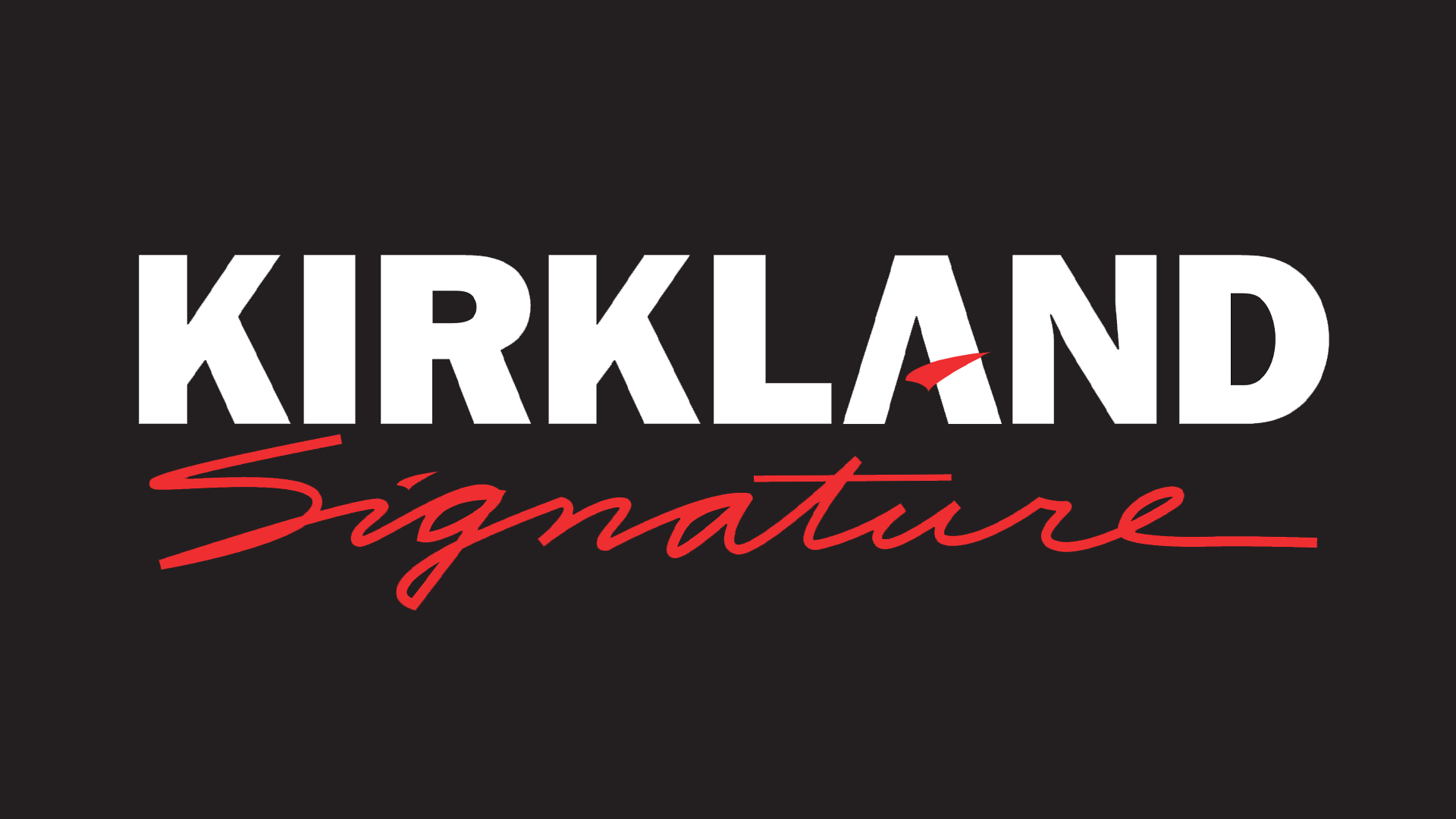In today’s saturated marketplace, brands go beyond mere catchy slogans or visually appealing logos and instead embody stories, values, and identities that connect with consumers on a personal level. This is why a well-defined brand strategy is crucial—it offers clarity and focus on a brand’s purpose. However, it raises an important question: why do many agencies and marketers seem inclined to maintain brands with an open-ended approach instead of establishing a clear direction?
The Need for Clarity
Imagine walking into a restaurant with an extensive menu that claims to offer every type of cuisine under the sun. While variety may seem appealing, it can leave customers confused. Similarly, a brand that tries to represent everything can quickly lose its identity. The very essence of a brand is about differentiation, about being ‘one thing and not another’. Successful brands are those that are clear in their messaging and narrowly focused in their positioning.
The Role of Brand Strategy in Defining Identity
Brand strategy acts as the foundation upon which a brand’s visual identity is built. This process typically involves a strategic exercise that reviews the company’s mission, values, and target audience, leading to the creation of a cohesive narrative that can be communicated through various branding elements—logos, taglines, packaging, and the overall customer experience.

This strategic approach results in a brand that stands for something specific. Take Nike, for example. It’s not just about footwear, but about inspiration and motivation. The brand’s identity is unmistakably tied to athletic excellence and empowerment, making it memorable and impactful. A brand without a clear strategy, on the other hand, risks becoming a jack-of-all-trades and a master of none. Here are some additional brand examples that can further illustrate the power of a well-defined brand strategy:
- Glossier revolutionized the beauty industry by creating a brand based on transparency and honesty. This approach has resonated deeply with consumers, making it a standout example of effective brand strategy.
- Patagonia epitomizes a purpose-driven brand, focusing on environmental stewardship and authenticity. Their brand strategy is deeply rooted in high-quality products and a commitment to sustainability.
- Tesla has revolutionized the automotive industry with a brand strategy that emphasizes innovation, sustainability, and a commitment to clean energy. This has set Tesla apart as a leader in the electric vehicle market.

The Pitfalls of an Open-Ended Branding Approach
In a bid to appeal to a broader audience, some marketers opt for an open-ended branding strategy, where a brand’s identity remains fluid or ambiguously defined. While this may offer short-term flexibility, it often leads to long-term challenges. Brands adopting this approach can inadvertently dilute their message, making it harder for consumers to connect with their identity. Consider the rise and fall of various once-popular brands that strayed too far from their core identity. They attempted to please everyone, only to alienate their most loyal fans. When consumers find brands lacking in authenticity or clarity, their trust diminishes, leading to disengagement. On the other hand, brands that maintain a clear and consistent strategy tend to thrive as we can see with the following brand examples:
- Kirkland Signature (Costco) has maintained positive growth by sticking to a clear and consistent brand strategy, focusing on quality and value. This has helped them avoid the pitfalls of an open-ended approach.
- Ben & Jerry’s combines social activism, sustainability, and a solid commitment to values in their brand strategy. This clear and consistent approach has helped them build a strong and loyal customer base.
- Whole Foods Market’s brand strategy is deeply rooted in quality, sustainability, and customer experience. This focused approach has allowed them to maintain a strong brand identity and avoid the pitfalls of trying to appeal to everyone.
The Essence of Effective Branding
To cultivate a strong, lasting presence in the marketplace, brands must start with a defined strategy. This means narrowing down their essence to one clear idea or mission that resonates with consumers. It is this focus that ultimately drives consumer loyalty and creates a community around the brand. Here are a few steps that can help in developing a focused brand strategy:
1. Identify Core Values: Start by determining what your brand stands for. What are the guiding principles that shape your business decisions and interactions?
2. Understand Your Audience: Research your target demographics. What are their needs, preferences, and behaviors? Understanding your audience is crucial to tailoring your brand identity accordingly.
3. Craft a Unique Value Proposition: What distinguishes your brand from the competition? Define your unique selling proposition (USP) and ensure that all branding efforts reflect this focus.
4. Sustain Consistent Messaging: Every piece of content, advertising, and customer interaction should communicate the same core message and values.
5. Evolve With Purpose: While a focused brand strategy is essential, it’s also important to remain adaptable. Changes in the market or consumer behavior may warrant adaptations, but they should always align with your core values.
Bottomline
The landscape of modern branding is ever-evolving, but the essence remains that brands thrive on clarity and focus. A well-defined brand strategy not only provides direction but also establishes a strong emotional connection with your audience. As the saying goes, “If you chase two rabbits, you will not catch either.” Focus on one thing, and you’ll find success far beyond mere sales, creating a brand that stands the test of time and resonates deeply with its audience.



